Introduction The lower body extremities help provide stability to the various body parts, including the hips, thighs, pelvis, legs, knees, and feet. The hips and thighs comprise…


Introduction The lower body extremities help provide stability to the various body parts, including the hips, thighs, pelvis, legs, knees, and feet. The hips and thighs comprise…

Introduction The thighs in the lower half of the body work together with the hips to stabilize the legs when the body is in motion. The thighs…
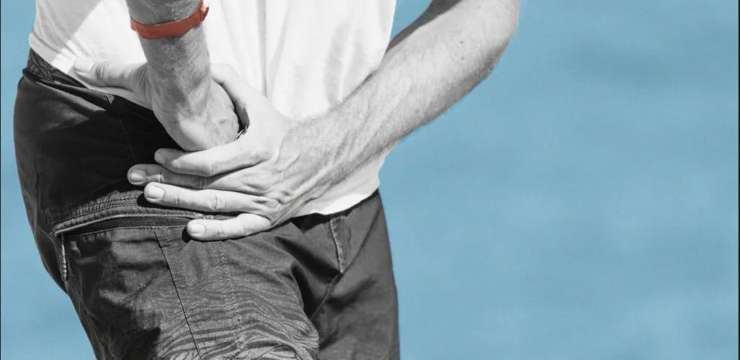
Introduction The lumbar region of the spine has various muscles and nerve roots that work together with the lower body extremities, like the hips, buttocks, legs, knees, and…

Introduction Many individuals utilize the lower half of their bodies to go to different places and use the various surrounding muscles that provide stability on…
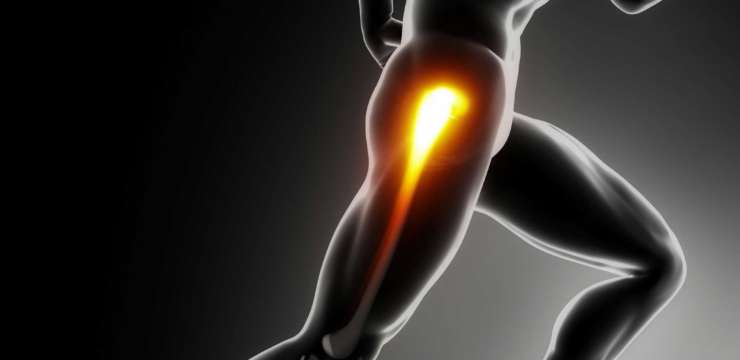
Introduction The body’s lower extremities have various muscles that allow the legs and feet to move around from one location to another. The different muscles…
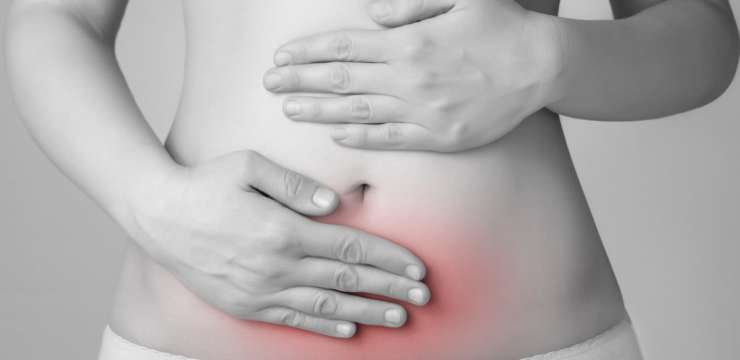
Introduction The body’s pelvic region has many functions crucial for functionality with the host. The various muscles surrounding the pelvis help provide stability to the body’s core,…
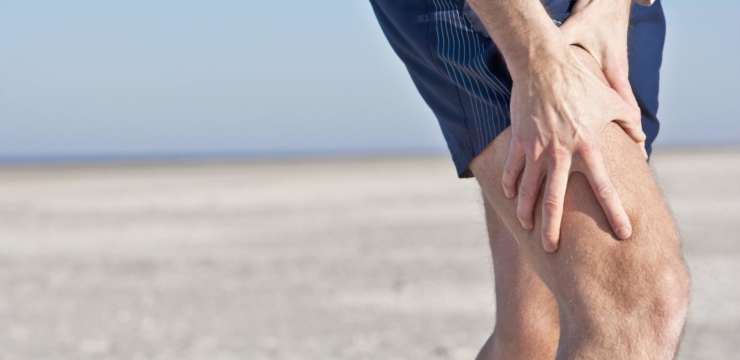
Introduction The posterior section of the lower half of the body consists of the hips, low back, pelvis, legs, and feet, which provide stability to the body…
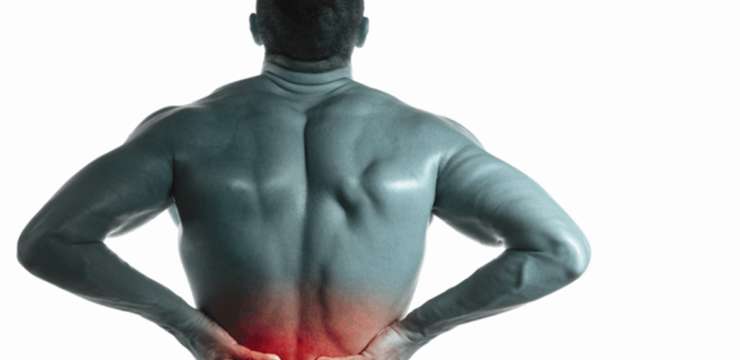
Introduction The lower back works with the body’s lower extremities by stabilizing the hips and helping support the upper body’s weight. The lower back also has many functions when…

Introduction The body’s lower extremities have a very important role as it helps support the upper body’s weight and provide stability to the lower body.…

Introduction When it comes to the torso is surrounded by various muscles that help protect the vital organs known as the gut system and help…

Introduction Many individuals don’t realize that the various muscles in their back help provide functionality to the body. The back muscles help move, bend, rotate, and help…
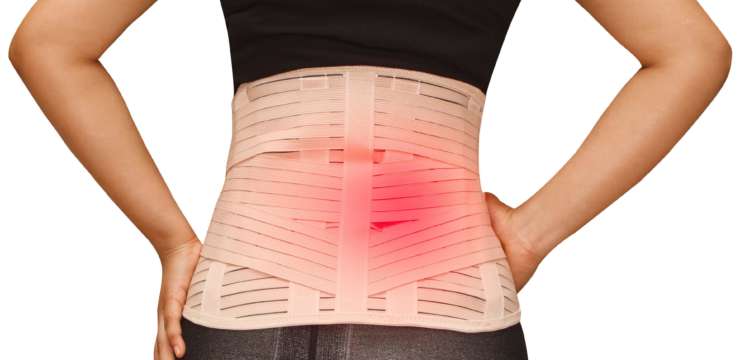
Introduction As the “backbone” of the body, the thoracic region of the back has various muscles that help support the ribcage and protect the heart and lungs from injuries.…
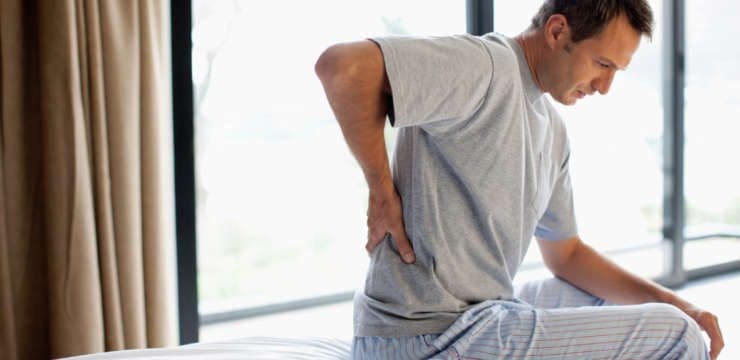
Introduction The upper body works because it provides stability for the body and motor-sensory functions to the arms, neck, shoulders, and chest. The muscles surrounding each…
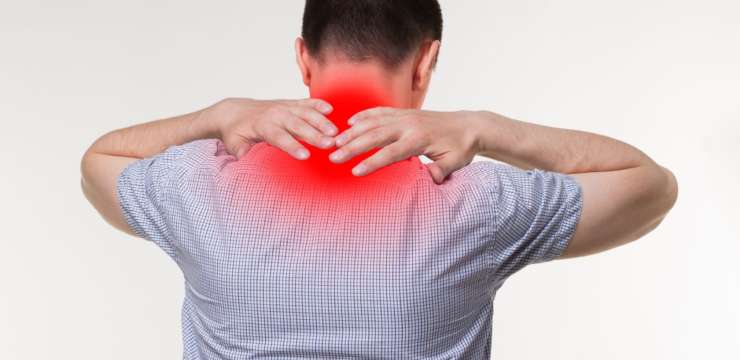
Introduction The upper back is part of the thoracic region of the spine, surrounded by various muscles that protect the thoracic joints and help assist with respiratory…

Introduction The chest in the body has many functions: it helps provide stability on the shoulders, helps protect the heart and lungs, and bears most…
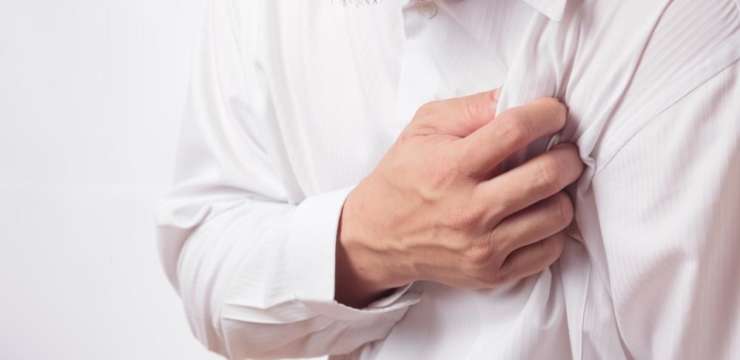
Introduction The chest has the pectoralis major muscle that works with the upper half of the body that provides mobility and power. The pectoralis major also surrounds…
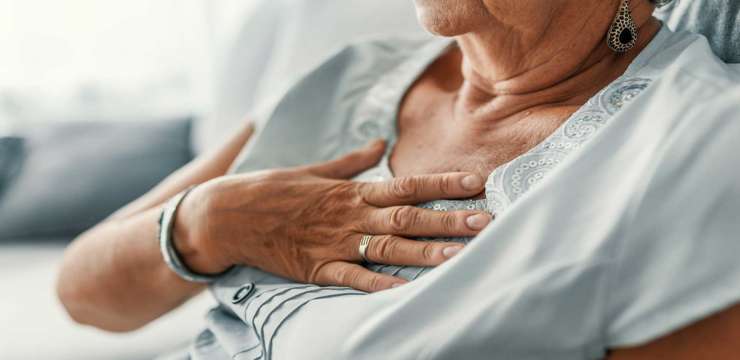
Introduction The chest in the upper half of the body comprises various structures that each have a job to keep the body functioning. The chest has different…